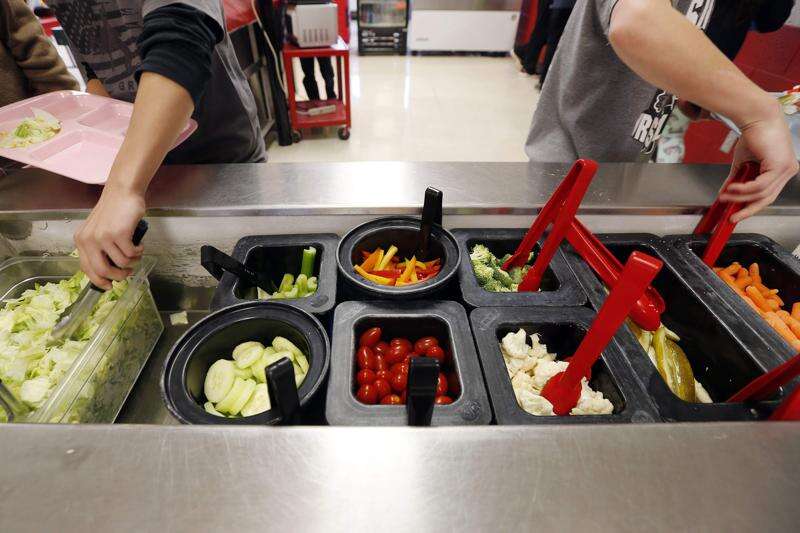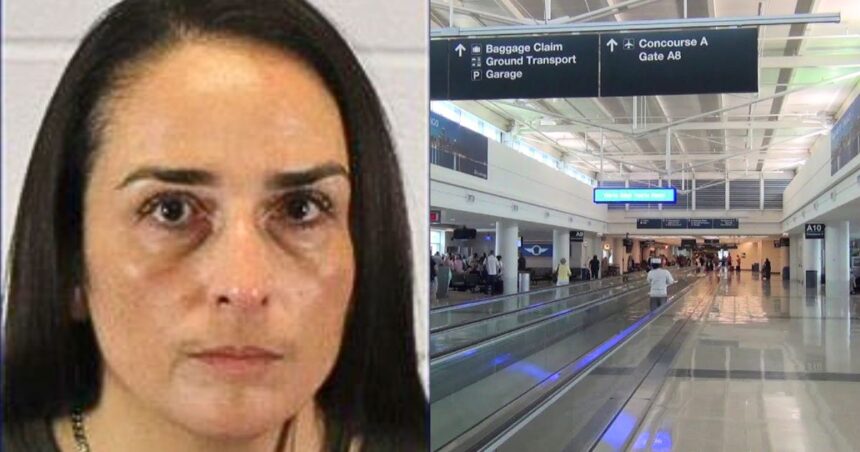The Gazette uses Instaread to provide audio versions of its articles. Some words might not be spoken correctly.
IOWA CITY As student demand for school breakfast and lunches rises, the Iowa City Community School District continues to prioritize sourcing fresh and local food and composting food waste.
In May, federal funds that help schools buy food from nearby farmers were cut off. However, the district’s 2024–25 operations annual report, which was given to the Iowa City school board last month, states that the district is still committed to serving dairy and fruit that is sourced locally.
A vending machine that allows students to get meals on demand that are eligible for the federal free or reduced-price school lunch program was added to the district last year.
The director of nutrition services for the Iowa City district, Alison Demory, spoke with The Gazette about the upcoming 2025–2026 academic year.
How does the district maintain the amount of $58,000 in unpaid meals?
A: The number of free and reduced-price meals has increased. It was around 32% of pupils twelve years ago. We are now far above 40 percent. Half of our ten elementary schools offer more than 50% free or reduced-price lunches.
I can tell you that families are having a lot of difficulties. I can attest to the fact that I spend more money when I go to the grocery store.
Families, in my opinion, occasionally have to make difficult choices about which bills to pay. Their lunch balances are not paid as a result. No pupil will ever be denied food.
We all didn’t want to be bill collectors when we accepted this position. It’s difficult to juggle paying our debts and providing for our children.
For me, it’s not only a fight. This is what any nutrition services director in the state would tell you if you spoke with them.
We put a lot of effort into encouraging families to enroll in reduced-price and free meals. This coming year, the federal poverty limits have gone up by over 4 percent. Families are encouraged to apply for benefits whenever possible, as they may be eligible under federal income requirements.
The nutrition services division runs on its own. We must generate more income than we spend. Spending cannot exceed income.
Due to extremely large reimbursements during the COVID-19 pandemic, when all children received free meals, we had greater reserves available.
We occasionally get donations, which we use to help underprivileged families.
No one began with a bad account when we got back from the pandemic. Everyone had a new beginning after we were able to pay off the loan.
Q: Despite the fact that government funding for these programs is lacking, why is the district making it a priority to continue its collaboration with Field to Family, a nonprofit food hub that serves as a distributor for over 70 local producers?
A: Fresh and local are very important to us. The meal is consistently good. We can purchase watermelons and cantaloupes from our top source, but the quality varies greatly when we purchase them locally from Muscatine. It was chosen within the past week.
I believe it’s critical that our pupils understand the origins of the food they eat. Every day, we offer about 9,000 lunches. We occasionally need to purchase food from several farmers, but Field to Family makes it easier. Regarding what and how much to plant, they are collaborating with farmers. It’s an excellent collaboration.
The costs are fair. In certain situations, it might cost a bit more, but you get what you pay for, and my budget permits that.
Could you tell me more about this school meal vending machine?
A: It serves snacks as well as meals that are eligible for reimbursement. This year, we experimented with giving children greater access and opportunity outside of the usual lunch window at a few of our buildings.
Between February, when we started, to the end of the school year, we sold just over 1,100 meals. I want to keep improving on it.
What is the sustainability priority of the nutrition services department?
A number of my kitchen supervisors and I put a lot of effort into reducing waste. We make an effort to produce food without going overboard. The science isn’t precise. Instead of being one serving short, we would want to have twenty extra servings.
We recycle. To ensure that they are not simply placing food on their plate that they do not intend to consume, we instruct children on what constitutes a reimbursable lunch. At least three of the five food categories must be consumed by children, and one of those must be a serving of fruit or vegetables.
We experiment with new recipes. It’s a swing and a miss at times. We try to make changes if children don’t like it. When you feed the trash can, nobody benefits.
What’s new for the academic year 2025–2026?
A: Because of their high free and reduced breakfast meal percentages, we added six more elementary schools that now provide universally free breakfast meals.
I believe there is a widespread misperception that our free children are subsidized by our paying students. The truth is that federal reimbursement provides us with more than a paid lunch would.
We are here to feed minds. When you arrive at school hungry, you cannot study.
Comments can be sent to [email protected] or (319) 398-8411.






